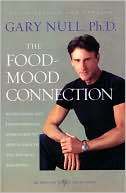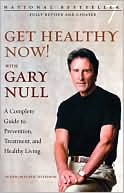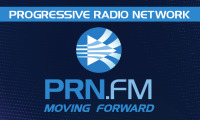Painless laser device could spot early signs of disease
 September 28, 2010
September 28, 2010
Fibre-optic probe Fibre-optic probes could use lasers to distinguish between cancerous, pre-cancerous and healthy cells
Portable devices with painless laser beams could soon replace X-rays as a non-invasive way to diagnose disease.
Researchers say that the technique could become widely available in about five years.
The method, called Raman spectroscopy, could help spot the early signs of breast cancer, tooth decay and osteoporosis.
Scientists believe that the technology would make the diagnosis of illnesses faster, cheaper and more accurate.
Raman spectroscopy is the measurement of the intensity and wavelength of scattered light from molecules.
It is already being used in the chemical and pharmaceutical industries. For instance, Raman lasers are used to measure flame characteristics. By studying how fuels burn, pollution from the products of combustion can be minimised.
Michael Morris, a chemistry professor at the University of Michigan, US, has been using Raman for the past few years to study human bones.
So far, he has been working on cadavers, but he says that Raman could prove effective in living patients.
In principle, it will take a couple of seconds to interpret the results”
"You can replace a lot of procedures, a lot of diagnostics that are out there right now. The big advantage is that it's non-invasive, pretty fast - much faster than classical procedures - and more accurate," he told BBC News.
When a person is sick, or about to become sick, the chemical mix in the tissue is quite different from that in healthy tissue, scientists say. So the Raman spectrum changes depending on the tissue it analyses, Professor Morris explained.
"Raman gives you a molecular fingerprint, a composition of whatever it is you're measuring," he said.
"In diseased states, the chemical composition is either slightly abnormal or very markedly abnormal, depending upon the diseases."Non-invasive
The diagnoses could be carried out in a matter of minutes and without need for an X-ray.
"A patient simply puts his or her wrist on a table and then we have the optical fibres delivering laser light... connected to a holder, a sort of a bracelet made out of silicon, that is strapped to the patient's wrist," explained Professor Morris.
"We turn on the laser and after we've collected enough signal in a few minutes, we turn it off. In principle, it will take a couple of seconds to interpret the results."Raman spectrometry Raman spectrometry is used in the chemical and pharmaceutical industries
Besides bone diseases, the tool could prove effective in detecting early tooth decay, say researchers.
And drawing blood might become unnecessary in some cases. For instance, to determine the levels of cholesterol, one would simply have to point the laser "where you would be looking to draw a blood sample at the crook of the arm, where the blood vessels are very close to the skin," said Professor Morris.New applications
Another application could be using Raman as a non-invasive alternative to a typical mammography - a process that uses low-dose X-rays to screen patients for signs of breast cancer.
The laser would "look" into the tissue and generate different spectra - a distribution of colours reflecting differences in the properties of the tissue. This could reveal benign or malignant tumours, depending on characteristic changes in the protein structure and in the relative amounts of protein, lipids and nucleic acids in the tissue.
British researchers at the Rutherford Appleton Laboratory in Didcot and at the Gloucestershire Royal Hospital have been using Raman to analyse calcifications in breast tissue that might be early signs of cancer.Mammography Some believe Raman spectrometry could eventually be an alternative to the current technique of mammography
"We could target those calcifications and make a decision about whether they're benign or malignant," Nicholas Stone, head of the biophotonics research unit at the Gloucestershire Royal Hospital told the magazine Chemical and Engineering News.
"If they're malignant, or look like they are, you would come back for a biopsy. If they're benign, which is 80 to 90% of the cases, you would not come back for a biopsy."
"In the UK alone, that would save about 80,000 patients from having secondary procedures."
 Email Article |
Email Article | 



